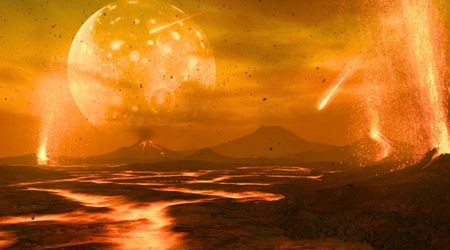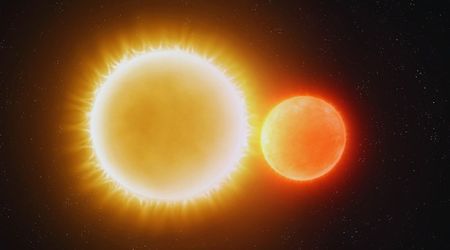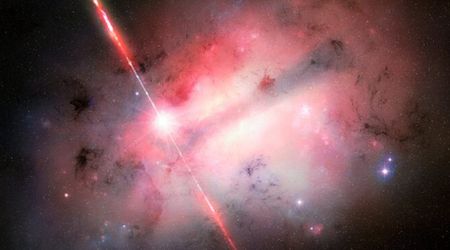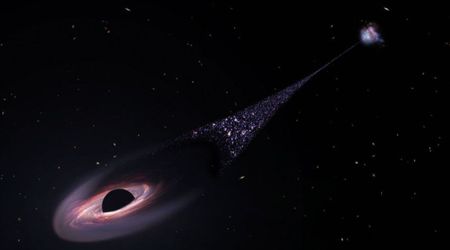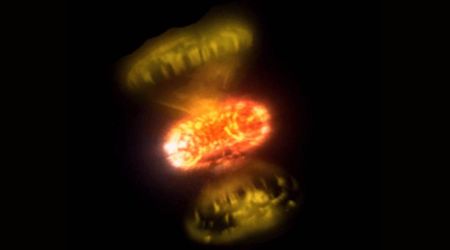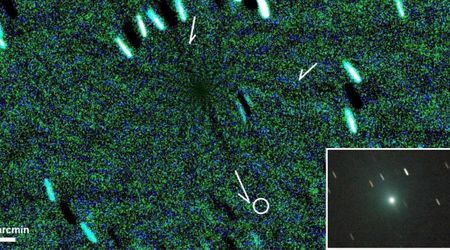Scientists urge NASA to repurpose twin Janus satellites for critical Apophis pre-flyby mission

Scientists are pressing NASA to swiftly repurpose two small satellites for a mission to the asteroid Apophis before it approaches Earth exceptionally close, in under four years. Recommendations stemming from the Apophis T-4 Years workshop, held in April 2025, in Tokyo, are urging NASA to respond to its request for information (RFI) from last fall, as reported on SpaceNews.

This RFI explored potential uses of the twin Janus smallsats to study the near-Earth asteroid Apophis before its Earth flyby in April 2029. Originally intended for Flybys of other asteroids, the Janus spacecraft was put into storage after NASA cancelled its initial mission. This cancellation resulted from delays in the Psyche mission, which Janus was meant to accompany as a rideshare. Since then, scientists have proposed redirecting the Janus spacecraft to observe Apophis before the Earth encounter, enhancing planned post-flyby observations.

The workshop recommendation highlighted that scientists at last year's meeting identified Janus as the optimal choice for a NASA-led mission to Apophis before the Earth flyby. Consequently, the recommendation strongly encourages NASA to respond promptly to the "Apophis 2029 Innovation Using the Janus Spacecraft Request for Information."
Since the RFI response deadline last October, NASA has remained silent on its plans for the Janus spacecraft or any other missions to Apophis. During a House Science Committee's space subcommittee hearing on NASA's planetary defence efforts on May 15, Nicky Fox, NASA associate administrator for science, didn't directly comment on the Janus RFI. However, she stated that a NASA study had dismissed alternative mission approaches to visit Apophis before its flyby. “We looked at the possibility of partnering with non-traditional partners to be able to do that,” she explained. “We didn’t find a viable path forward without significant budget from us that we actually didn’t have.”

NASA does have a mission scheduled to visit Apophis after its close encounter with Earth. The primary spacecraft from the OSIRIS-REx asteroid sample return mission, now named OSIRIS-APEX, will reach Apophis shortly after the flyby. Fox indicated that the spacecraft will be capable of observing Apophis starting two weeks after its closest approach. “Even though they’re going to be low-resolution, we’re going to have some really nice images of how the light and the brightness change,” she noted. This information will assist scientists in understanding how the tidal forces from a close approach reshape the asteroid’s surface.
Apophis was first discovered on June 19, 2004, by astronomers Roy Tucker, David Tholen, and Fabrizio Bernardi at Kitt Peak National Observatory in Tucson, Arizona. Their observations were limited to just two days due to technical and weather issues. Fortunately, later that year, a team at the Siding Spring Observatory in Australia successfully re-observed the asteroid, according to NASA. Also, to further understand Apophis, the European Space Agency (ESA) is developing the Rapid Apophis Mission for Space Safety (Ramses). This spacecraft will meet the asteroid and observe it as it makes its close approach to Earth in 2029. Current plans call for Ramses to launch in April 2028 and reach Apophis by February 2029, two months before the flyby.
